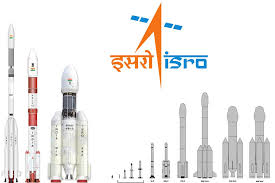Navigation with Indian Constellation:

ISRO recently faced a setback in its mission to position the NVS-02 satellite in the desired orbit due to thruster failure, but is working on alternative strategies to utilise the satellite in its current elliptical orbit for the NavIC navigation system.
- It is India’s regional navigation satellite system designed to provide accurate Position, Velocity and Timing (PVT) service to users in India as well as the region extending about 1500 km beyond the Indian landmass.
- It is a satellite-based navigation system developed by the Indian Space Research Organization (ISRO).
- The first NavIC satellite was launched in 2013.
- NavIC is designed with a constellation of 7 satellites and a network of ground stations operating 24 x 7.
- Three satellites of the constellation are placed in geostationary orbit, at 32.5°E, 83°E and 129.5°E respectively.
- Four satellites are placed in inclined geosynchronous orbit with equatorial crossing of 55°E and 111.75°E respectively, with inclination of 29° (two satellites in each plane).
- The ground network consists of control centre, precise timing facility, range and integrity monitoring stations, two-way ranging stations, etc.
- NavIC offers two services – Standard Position Service (SPS) for civilian users and Restricted Service (RS) for strategic users.
- These two services are provided in both L5 (1176.45 MHz) and S band (2498.028 MHz).
- The system provides positioning accuracy of better than 10 m throughout India and better than 20 m for the area surrounding India by 1,500 km, and timing accuracy better than 50 nanoseconds.
- NavIC SPS signals are interoperable with the other global navigation satellite system (GNSS) signals namely GPS, Glonass, Galileo and BeiDou.




